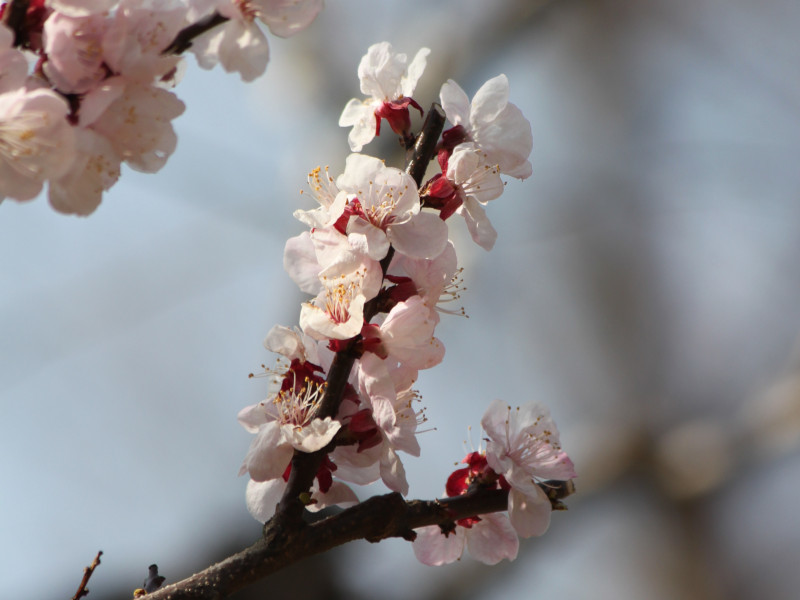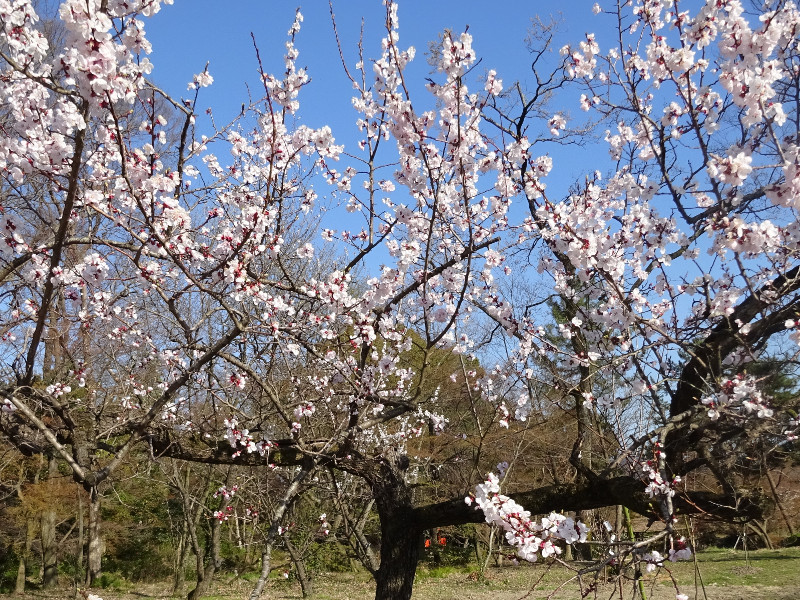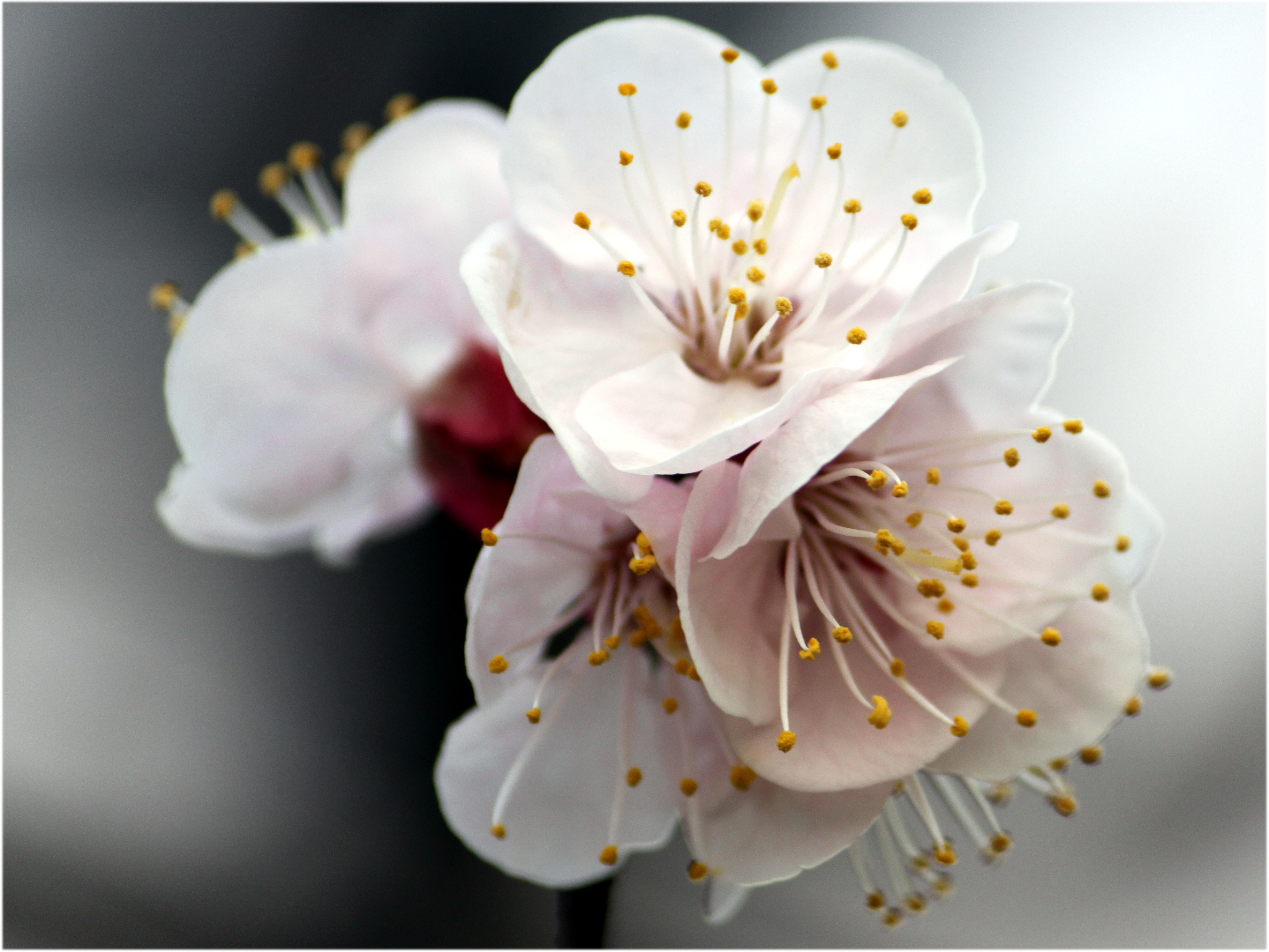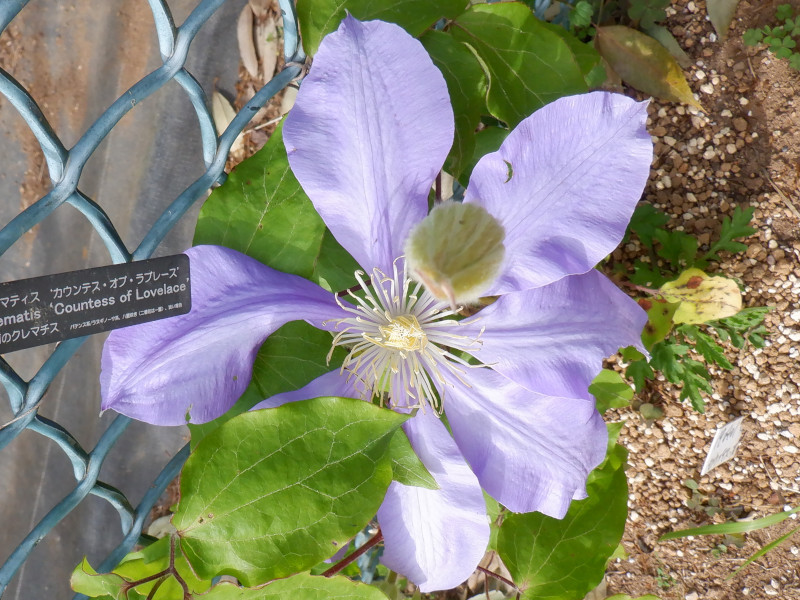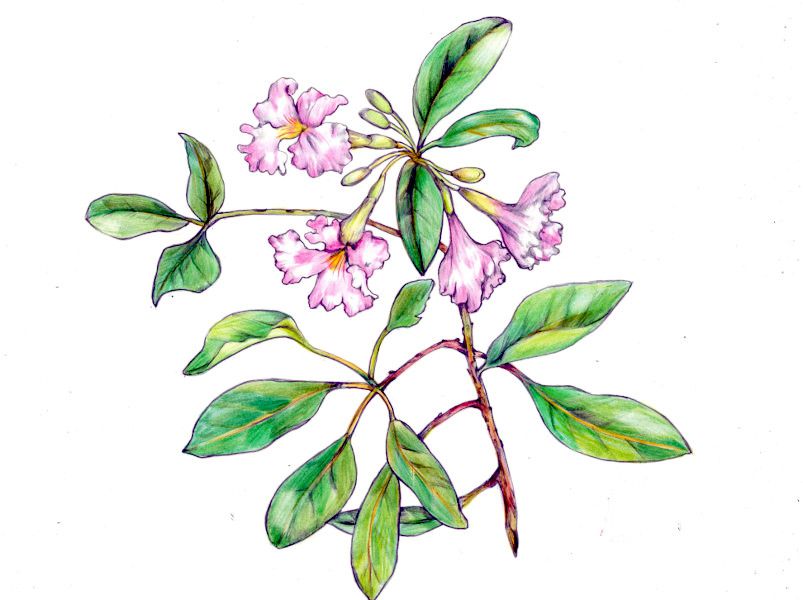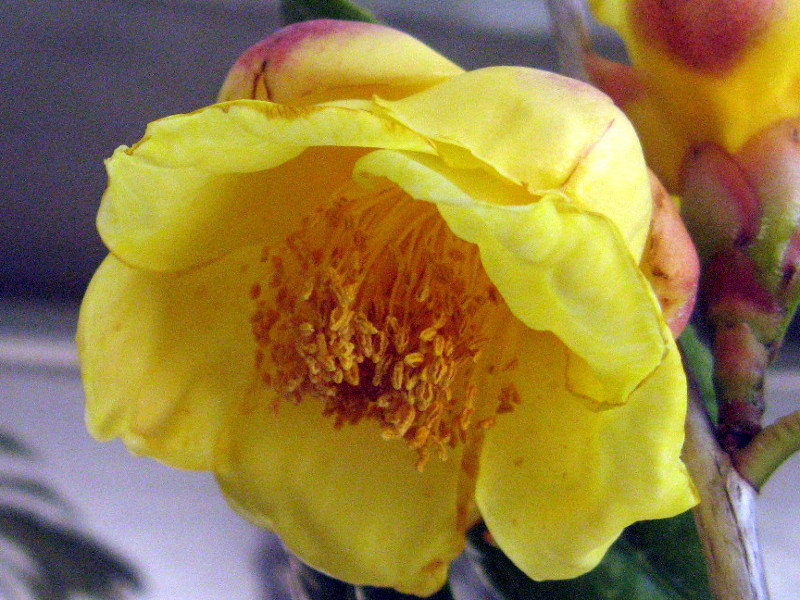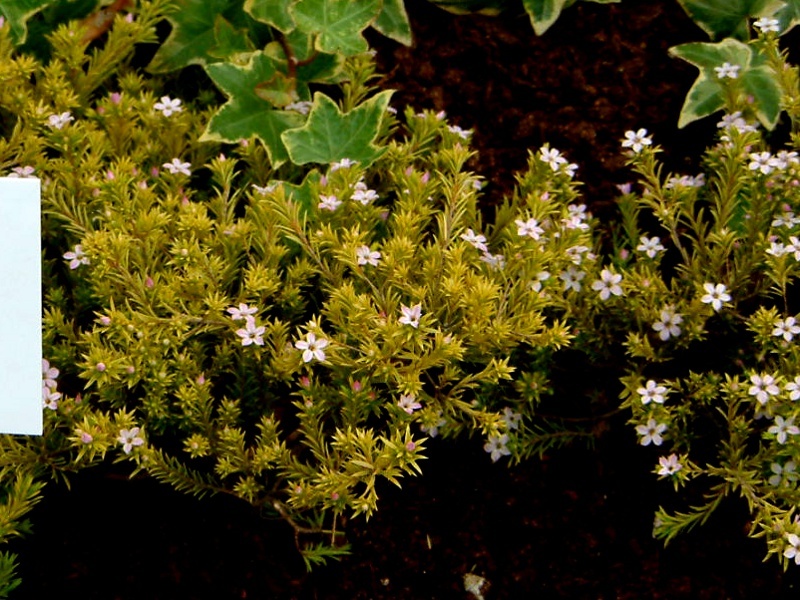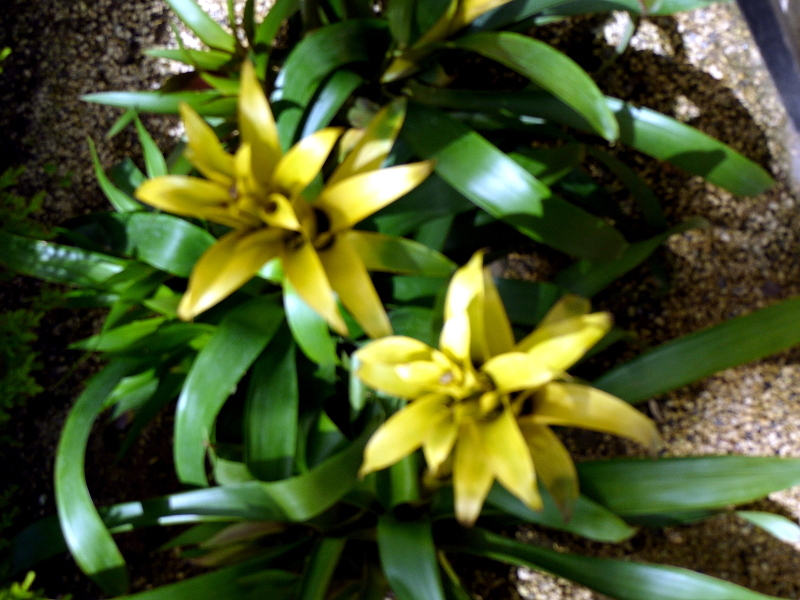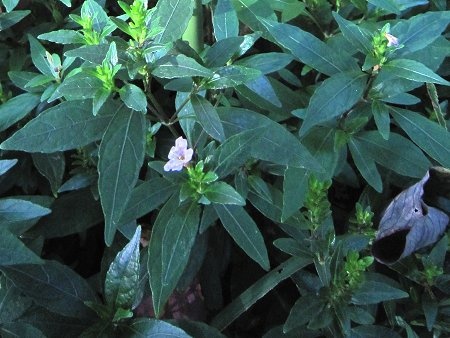Armenian plum
- Flower nameArmenian plum
- Scientific namePrunus armeniaca l.
- Aliasアプリコット, 杏子, カラモモ, 杏, Tibetan apricot, 唐桃, ansu apricot, Apricot
- Place of originHimalaya
- Place of floweringOrchard
- Flowering seasonMarch, April
- Language of flowerstimid love
What is Armenian plum
Armenian plum, scientific name armeniaca, is a deciduous small tree and its fruit of the Prunus genus , Rosaceae department native to Himalaya. That spring, in a light pink fragrant 5 petaled flowers bloom. The flowering cherry (someiyoshino) is a bit early. Consists of fleshy fruit in the summer, the spherical in Orange. The fruit is sour-sweet, good themselves apart from the seeds. Candied fruit eaten raw, jam, syrup, edible in dried fruit.
Common name: Armenian plum, scientific name: Prunus armeniaca L., aka: apricot, Tibetan apricot, ansu apricot, origin: Himalayas, living type: deciduous small trees, height: 300-vertical fine bark: dark gray-Brown at 500 cm, cut with a monoplane, leaf: 7 ~ 8 cm, leaf: wide oval-shaped, leaf margin: fine serrated with, phyllotaxis: alternate, flower type: radial symmetry, petals: ninomiya Crown, Inflorescence type: Lysis shaped racemes, squeezing five-petaled flowers, flowering March-April, flower color: light pink, petals 3-4 cm, fruit: drupe, harvesting season: June-July, fruit shape: spherical, the fruit diameter: 3-4 cm, flesh: food, uses: ornamental, timber and fruit eaten raw, jam, Syrup, dry matter and crude.
